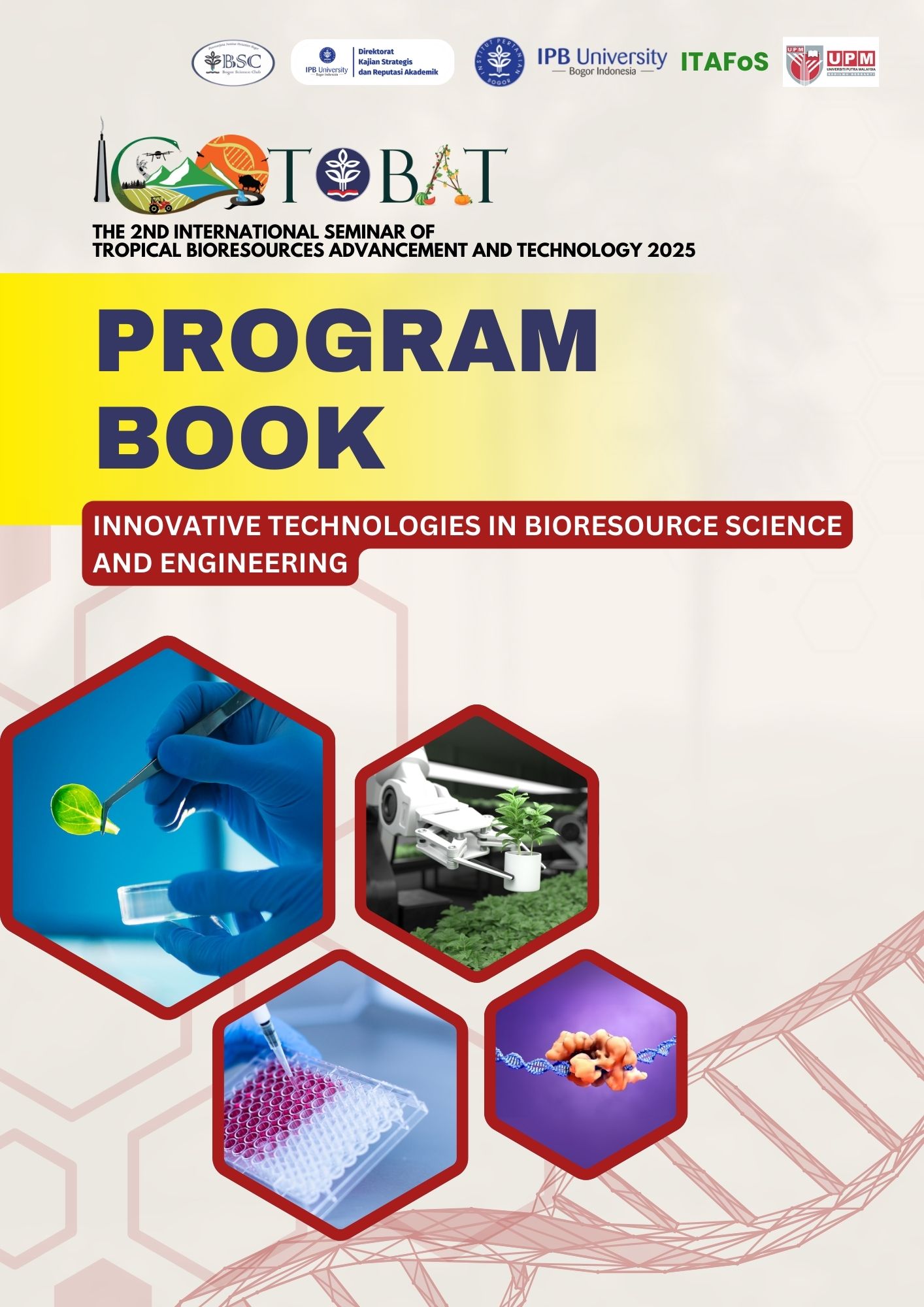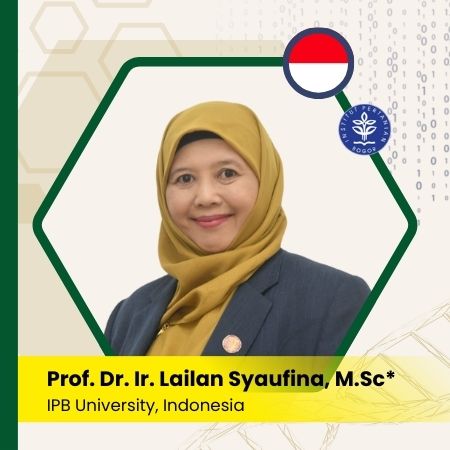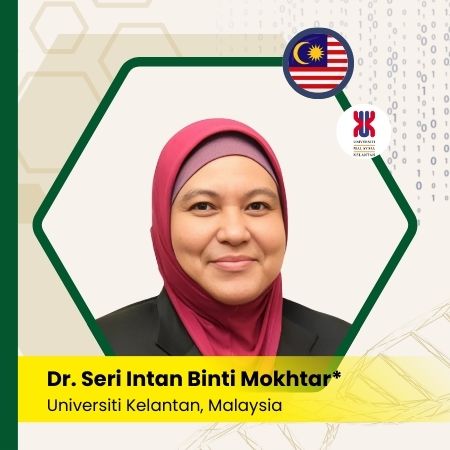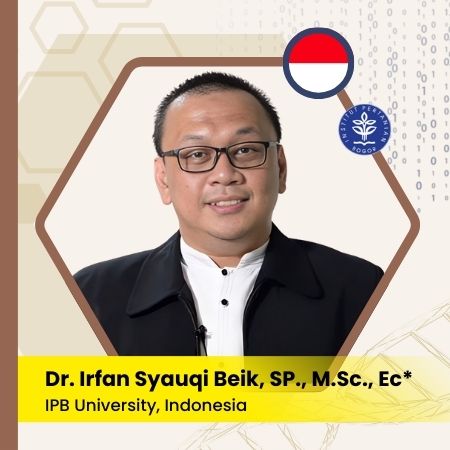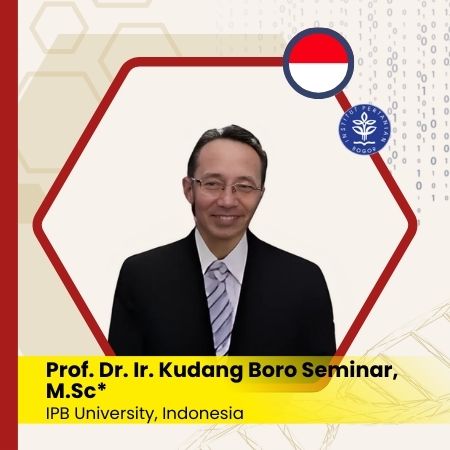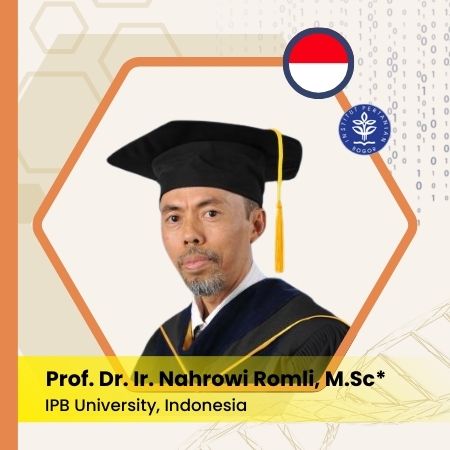STERILIZATION AND CALLUS INDUCTION OF KLUWIH TEAK (Tectona grandis f. abldens) USING IN VITRO CULTURE
Keywords:
Tectona grandis f abludens, kluwih teak. in vitro, sterilization, embryogenic callus inductionAbstract
Tectona grandis f. abludens or kluwih teak is a species form of teak endemic to Java, especially in Gunung Kidul and Bantul -Yogyakarta, where only six trees can be found. It is believed that the main factors the natural regeneration of the form are its physical and physiological barriers. The action conservation was achieved through in vitro propagation methods (embryogenesis), which promises to be one of the solutions so that the form does not become extinct. The main problems with in vitro techniques are explant sterilization and callus induction. This study aims to analyze the response of mercury chloride (HgCl2) immersion time to explant sterilization and the response of a combination of 2,4-D Plant Growth Regulators (PGR) and kinetin to embryogenic callus formation. The data analysis method used a Completely Randomised Design (CRD) for explants sterilization consisting of 300 mg/L HgCl2 treatment in 0; 15; 20; 25 and 30 minutes and Complete Randomised Factorial Design (CFRD) consisting of 2,4-D: 0; 1.5; 3 mg/L and kinetin: 0; 0.5; 1; 1.5 mg/L for callus induction. The results of the explant sterilization study showed that immersion treatment of 300 mg /L HgCl2 for 15 minutes resulted in the highest sterile explants of 90% at 15 HST. The results of callus induction research showed that 0 ppm 2,4-D treatment combined with 1.5 mg/L kinetin resulted in the highest callus percentage of 73.33%, and the highest callus formation score was 1.53 at 12 WAP

